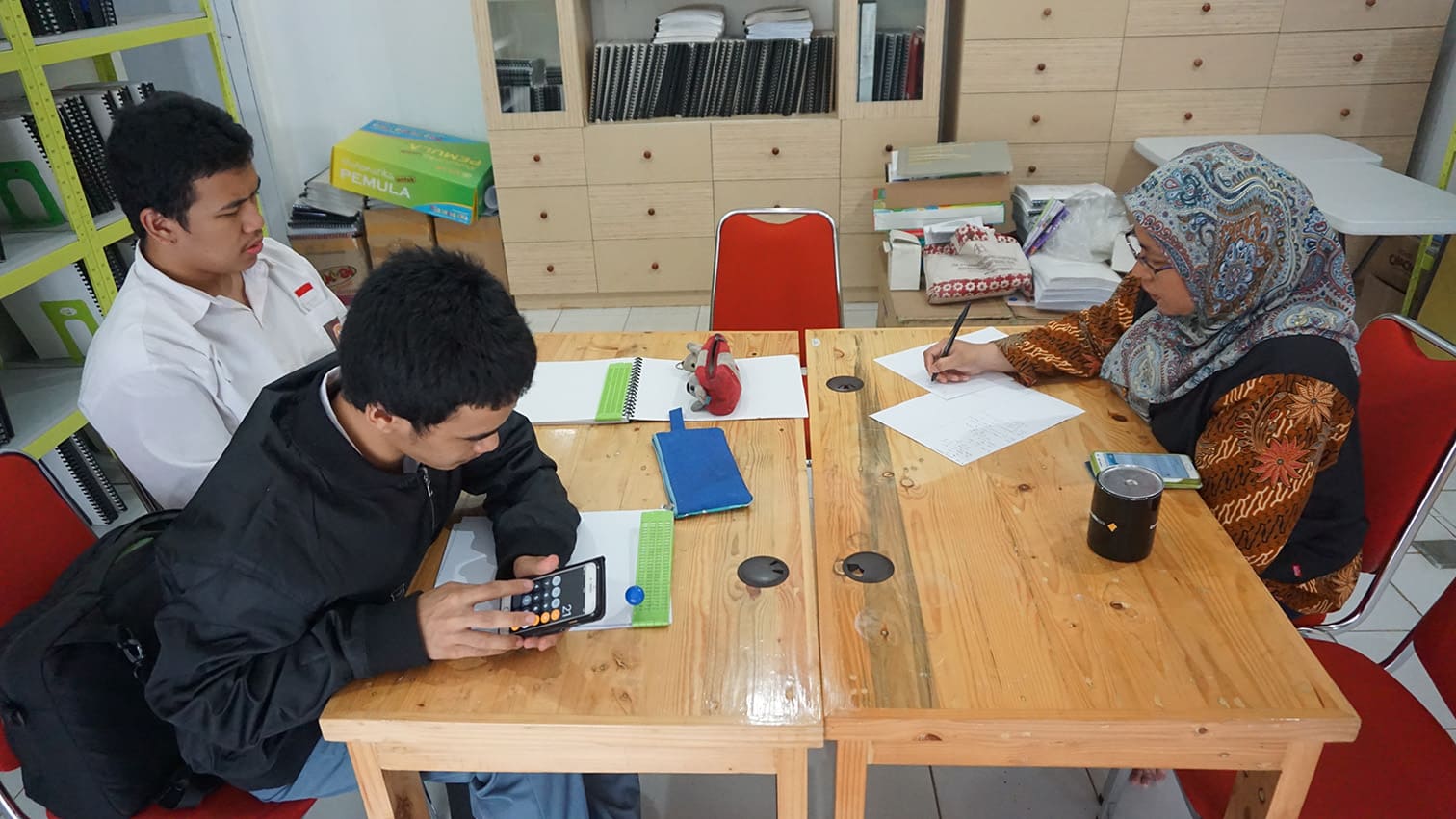Today, on World Braille Day, we celebrate the influence of Braille on the lives of persons with visual impairments. Braille goes beyond just a tactile writing system. It serves as an empowering tool, granting access to education, job opportunities, and the enjoyment of human rights.
How Braille Assists the Implementation of the CRPD
The Convention on the Rights of Persons with Disabilities (CRPD) provides a framework for including persons with disabilities. Here’s how Braille corresponds with essential CRPD articles to increase inclusion for persons with visual impairment.
Article 5 – Equality and Non-Discrimination: Braille provides equal access to information and communication, dismantling obstacles that sustain discrimination.
Article 9 – Accessibility: Braille signs and resources enhance the accessibility of public areas, services, and technologies.
Article 21 – Right to Expression and Information Access: Braille allows individuals with visual impairments to independently access text, promoting informed choices and engagement in community activities.
Article 24 – Education: Inclusive education depends on Braille to provide students with visual impairments access to textbooks, assessments, and additional educational resources.
Article 27 – Work and Employment: Braille creates pathways to job opportunities by facilitating access to training resources, workplace interactions, and assistive technologies.
Article 30 – Participation in cultural life, recreation, leisure and sport: From musical compositions to literature and food menus, Braille promotes cultural participation and recreational pursuits.
… and throughout all CRPD articles, Braille is key in promoting dignity, autonomy, and complete engagement in society.
Remember that fulfilling inclusion involves tools and developing systems, policies, and mindsets that guarantee no one is left behind.
How does Braille make a difference in your community or organisation?
#WorldBrailleDay #Accessibility #DisabilityInclusion #CRPD #HumanRights #Inclusion



